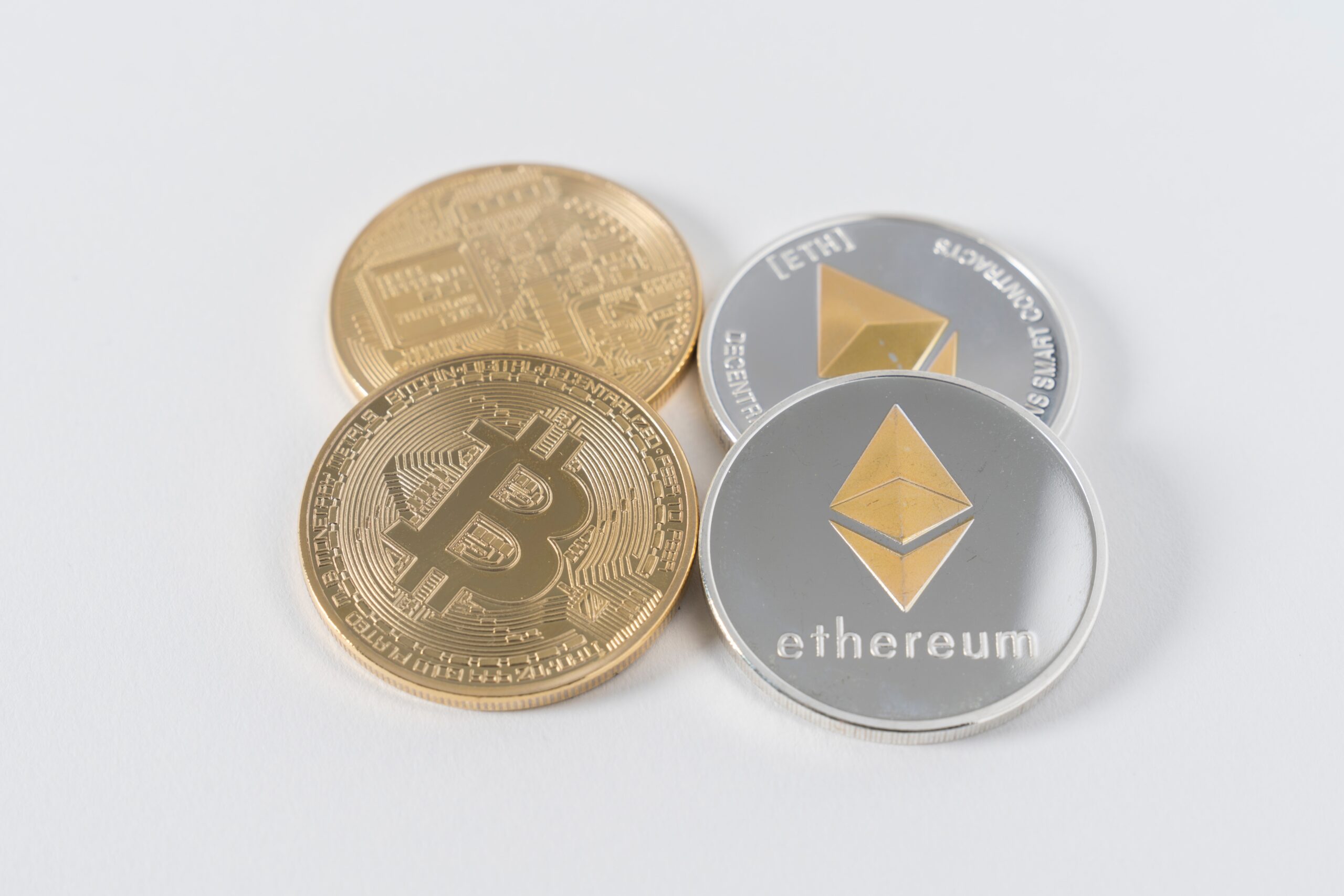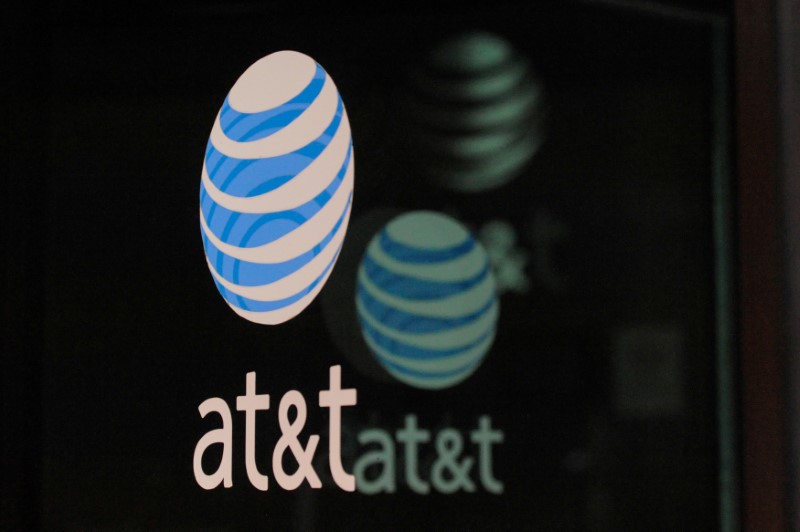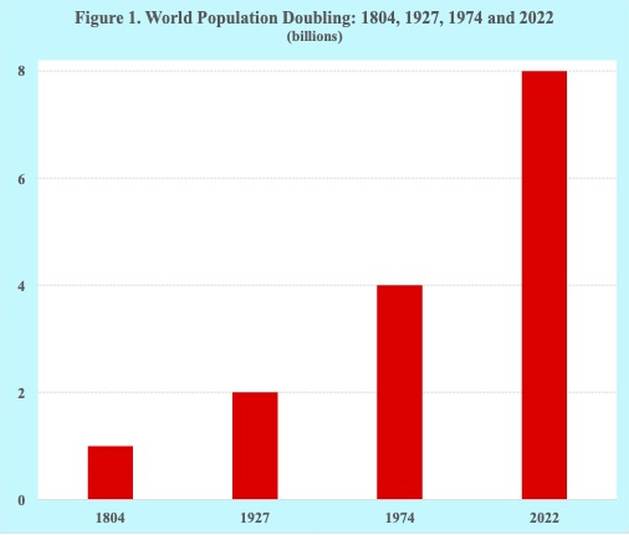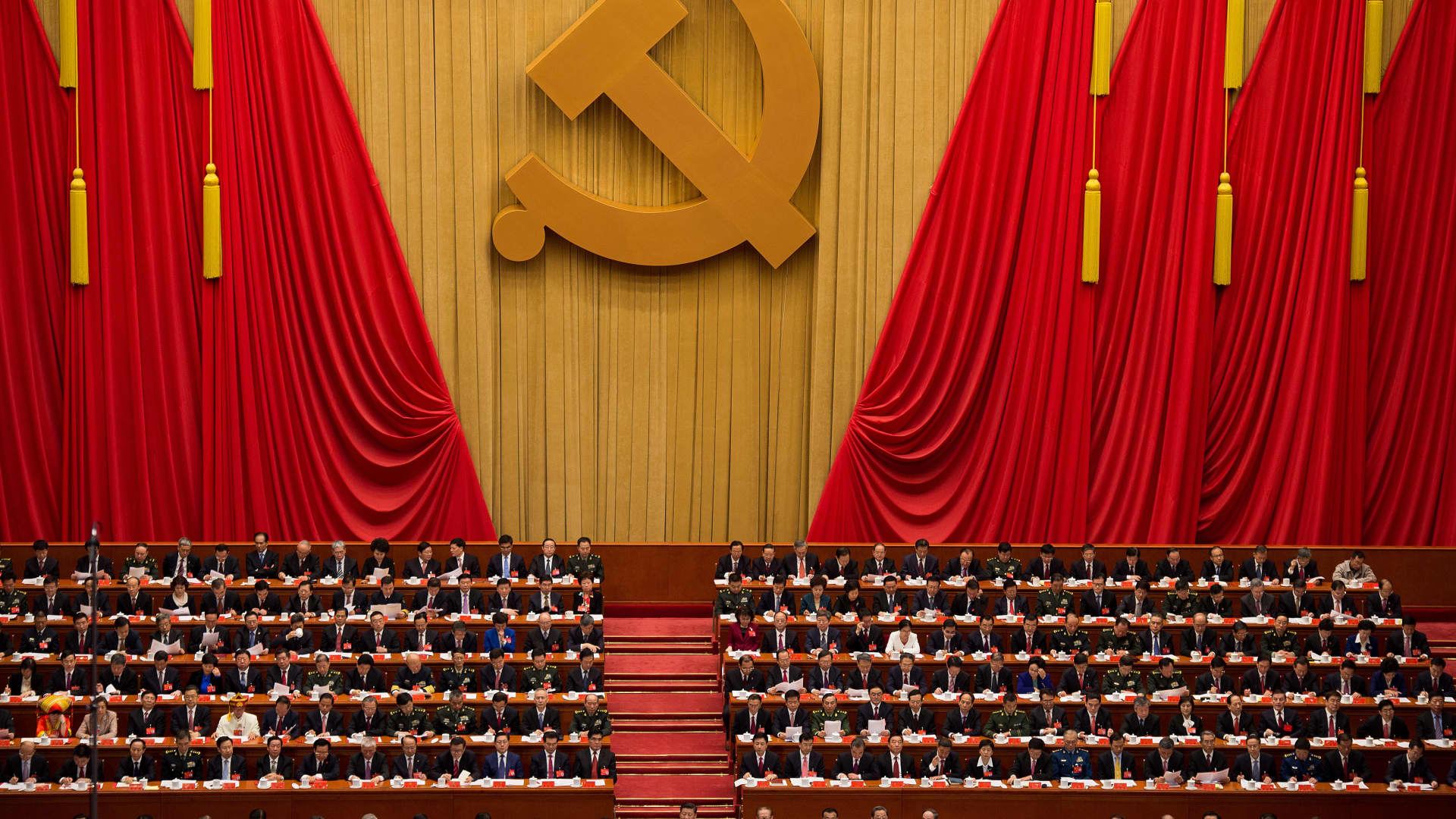Getting homes, libraries and city-owned buildings off fossil fuels; collecting climate data; and creating climate “resilience hubs” to support residents during weather events are just a few of the programs slated to roll out under the $6.5 million in environmental investments Seattle Mayor Bruce Harrell signed into law Thursday.
At a news conference outside the South Park Community Center, the mayor said he plans to propose a $2.6 million fund in the 2023 budget that would help low- to middle-income families transfer from oil and gas furnaces to “clean electric heat pumps.”
Harrell said the city is committed to transitioning away from fossil fuels and that all city-owned buildings are to run on clean energy by 2035.
It seemed like a distant reality Thursday, with the sound of Boeing jets passing overhead and diesel 18-wheel trucks flying down Highway 99.
Seattle City Councilmember Teresa Mosqueda said her throat had been sore from the return of smoke to Seattle from the Bolt Creek wildfire near Index. She said the health effects of climate change are especially a reality for communities like South Park.
“We are standing in a front-line community right now,” Mosqueda said at the news conference. “Front-line communities who have done the least to cause climate change but who are on the front lines experiencing the harshest effects.”
Last week, the Seattle City Council unanimously approved Harrell’s proposal to use money from the city’s JumpStart payroll tax for the investments. The tax applies to companies with payrolls over $7 million.
Seattle was among dozens of U.S. cities that passed a Green New Deal resolution in 2019. The resolution pledged the city would make transit free and more “widely accessible,” reduce the use of fossil fuels in Seattle homes and businesses, and encourage housing density, among other things.
Later that year, the City Council voted to create a 19-member Green New Deal oversight board to advise and monitor the city’s progress on its goals. In June, the board released its 2022 and 2023 budget recommendations, suggesting how the $6.5 million should be used.
Signing these investments into law is just the beginning, oversight board member Tomas Madrigal said in an interview. And the mayor’s proposal only begins to chip away at the board’s recommendations.
“It’s like baby steps,” Madrigal said. “It’s more symbolic than actually advancing the work that we set out.”
The oversight board proposed more than $28 million in investments from the 2022 and 2023 budgets. The recommendations include Indigenous-led sustainability projects to “ensure that its transition to clean energy does not simply repeat the same policies of resource extraction and energy colonialism.”
It also outlines goals for making climate resilience hubs accessible to every Seattle resident by a 15-minute bus ride or walk, funding community solar projects, and studying the neighborhoods that suffer most from low tree canopy cover, extreme heat, poor air quality and health disparities.
Harrell, who served on the 2019 council that voted to establish the Green New Deal before becoming mayor, was critical of the city’s nominal progress on its sustainability goals during his 2021 campaign.
“Seattle has set a goal of carbon neutrality by 2050, but we are not on track to meet these critical targets without immediate action,” a statement on his campaign website reads. “While we rely on local, state, and federal partners to meet overall goals, Seattle can and must lead the way.”
Last year, Seattle saw a spate of city legislation attempting to address greenhouse gas emissions: a ban on natural gas heating for some new buildings in the city; a directive telling city departments to roll out performance standards for existing buildings and incentivize electrification, as well as a transition away from fossil fuels; and an expansion of free transit.
Environmentalists hailed then-Mayor Jenny Durkan’s natural gas ban, but some criticized the move as too meek.
















